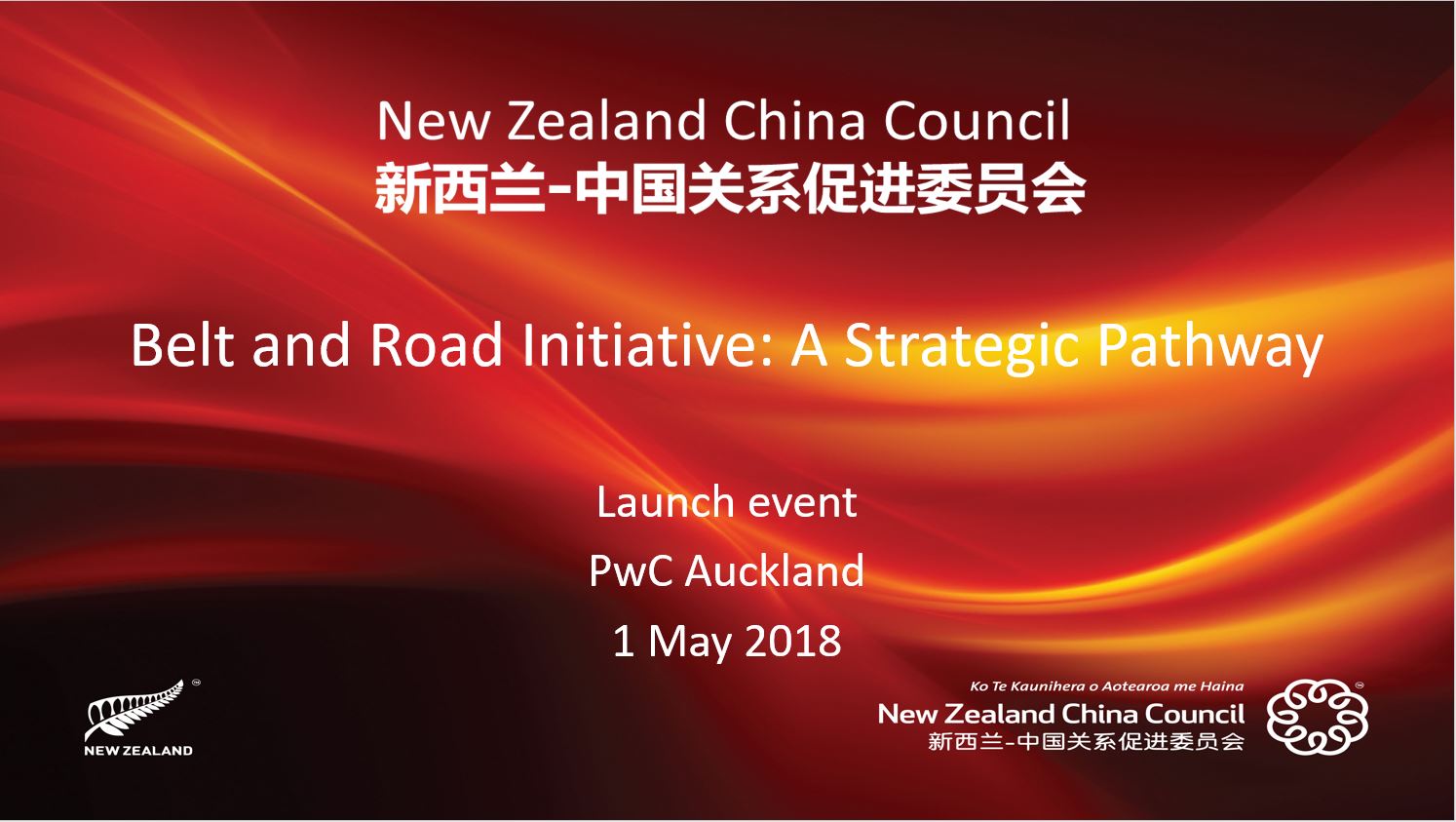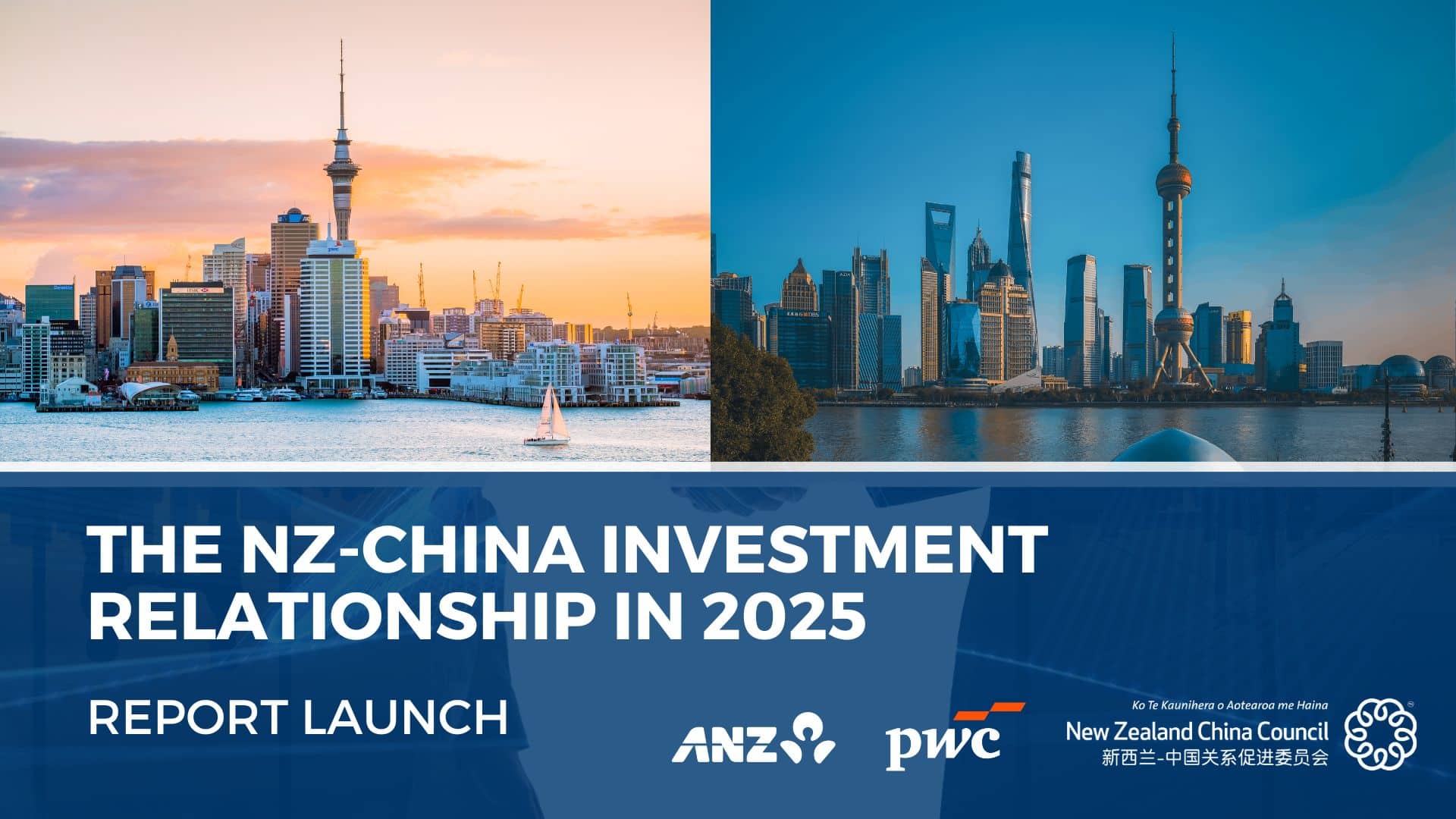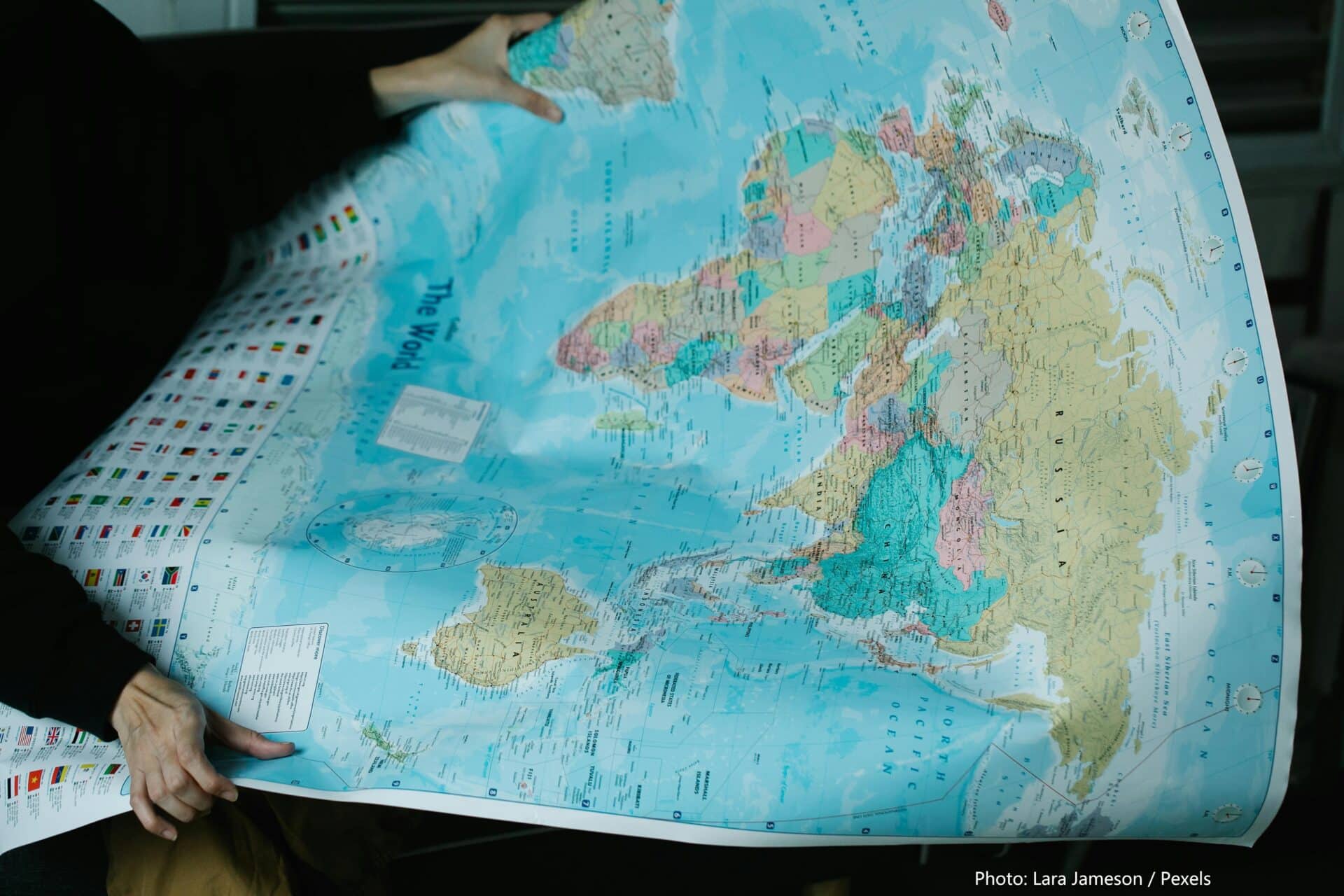INTRODUCING “BELT AND ROAD INITIATIVE: A STRATEGIC PATHWAY”
NZ CHINA COUNCIL
LAUNCH OF BELT AND ROAD REPORT
REMARKS BY EXECUTIVE DIRECTOR STEPHEN JACOBI
INTRODUCING “BELT AND ROAD INITIATIVE: A STRATEGIC PATHWAY”
It is a pleasure to be able to join in launching this report today and I want to add my thanks to Colum Rice and the PwC team, as well as our other partners who have worked together to help build this strategic pathway for New Zealand’s engagement in the Belt and Road Initiative.
I’m sure you all know already that BRI is aimed at achieving development-led growth along ancient trade routes linking China across Eurasia to Europe, as well as more modern trade routes including from China across the South Pacific to New Zealand and on to Latin America.
What is not so well known is how a distant nation like New Zealand can co-operate with this initiative and how it can add value to New Zealand’s relationship with China and other countries along the Belt and Road.
That is the purpose of this report.
In March 2017, New Zealand and China signed a Memorandum of Arrangement (MoA) under which the two countries undertook to explore ways of working together in relation to BRI.
In August 2017, the Council commissioned PwC under the leadership of Colum Rice to prepare a report which placed BRI in context for New Zealand and set out a range of options to enhance connectivity with China and other BRI countries.
The options outlined in the report are not intended to be exhaustive but an illustrative indication of what could be developed under this new framework.
Our intention is to begin a discussion with New Zealand stakeholders about BRI and we are starting this discussion today.
Having spent some time now thinking about the place of New Zealand in BRI, it seems to me that the best place to begin is not with a map of trade routes.
There are multiple maps in circulation about BRI and most of them manage not to include New Zealand!
Our report does have a map, as you see here, a rather complicated one, with New Zealand and the Pacific firmly on it.
For New Zealand, the starting point for any discussion of Belt and Road really has to be the positive relationship between China and New Zealand which has grown significantly in recent years and more particularly since the conclusion of our groundbreaking FTA.
As we consider the future of the relationship, it is clear to us at the NZ China Council that the future is not likely to be a continuation of the past.
For New Zealand, the strategic context for our consideration of BRI is how we can maintain the momentum of the relationship into the future.
Today New Zealand is facing greater competition than ever for attention in China.
Australia has negotiated a very good FTA, Chile has already upgraded its FTA, European states are making a huge push to develop people-to-people links, and countries in Europe, Asia and even Latin America are already staking out their roles in the BRI.
Our relationship with China is not just about trade and investment and nor is BRI.
What is clear is that BRI is at the centre of Chinese policy and at the very core of China’s country to country relationships.
BRI matters to China and therefore, if we want to continue to expand our relationship, it has to matter to New Zealand as well.
At the time of writing some 69 countries and organisations had identified that they wish to co-operate with China in BRI – the number has continued to expand to more than 80 today.
BRI is not without its sceptics and critics so we also need to be alert to the implications of a fundamentally bilateral initiative, with China at the centre, for the region’s wider trade and economic architecture, as well as any reputational or geo-strategic risks that might arise.
Our report identifies these risks and we have considered them in relation to the specific opportunities we have presented for further discussion.
It is really up to each country to decide for itself the extent to which they choose to engage with BRI.
Having already signaled a willingness to consider engaging with BRI, we in New Zealand must now do the work to determine the depth and breadth of our engagement, consistent with our interests and our values.
BRI is dynamic and continues to evolve as the priorities and interests of China and other Belt and Road countries change.
This changing nature of BRI means it can be challenging to define clearly the opportunities it presents and hence the need for guidance such as that offered in this report.
BRI is perhaps best known for its massive infrastructure construction programme, but it is important to note, as you see here, that infrastructure is only one of five policy priorities under BRI.
It is in the area of connectivity that the Council believes BRI could provide a significant opportunity for New Zealand.
This does not mean that there will not be opportunities in the infrastructure space, both in New Zealand and offshore, but the emphasis in this report is how we can leverage BRI to expand and enhance connectivity with China and other countries along the Belt and Road.
As well as putting BRI in context for New Zealand the report identifies a number of opportunities that can be further developed in a BRI framework.
As noted earlier these opportunities are not designed to be exhaustive but indicative of the range of projects that could be developed.
PwC engaged with our stakeholder group, to capture, first of all, a range of actionable options by identifying a wide variety of initiatives that New Zealand could pursue.
PwC then helped us narrow down the suite of possible options by assessing them against six key criteria:
- Alignment with New Zealand’s comparative advantage
- Value to New Zealand – with a weighting to those options which had broader application in BRI
- Ease of implementation
- Potential to interest our Chinese partners
- Benefits vs costs
- Reputational risk
The outcome of this “diverge/converge” process is eight specific opportunities grouped under four categories
Each of these has been assessed against the criteria and presents, we believe, a viable opportunity for New Zealand to engage with BRI.
All the categories are in connectivity space:
- trade facilitation (incorporating biosecurity, customs clearance and supply chain hubbing)
- New Zealand as a conduit to Latin America
- innovation; and
- the creative sector
Trade facilitation could leverage our world class biosecurity regime, expertise in cross border movement of goods, and experience in working across jurisdictions in supply chain hubs.
Our geographic location and existing trade and tourism relationships with China and South America position us well as a natural connection between the two.
In the innovation space, New Zealand can utilise its strong capability in science and technology and advance our existing collaboration and promote greater commercialization of ideas.
For the creative sector, opportunities exist to use creative strengths in web solutions, gaming and other properties to expand people to people links, cultural awareness, understanding and exchange.
These opportunities can be implemented by the two governments, agencies, cities or the private sector.
Under each category the report provides some further ideas that could be explored, representing different levels of engagement.
Some might well ask – aren’t these things we are doing already and the answer is yes!
But BRI is about leverage – how can we focus the attention of partners in China on these opportunities and open up new sources of support and funding by placing existing work streams in a BRI framework.
Going forward, we are particularly keen to engage with any groups interested to be part of the conversation and thinking about how they can be involved in BRI.
We are planning a series of discussions around the country with interested stakeholders – a Christchurch event will be held on 17 May and events in other centres will follow from July.
This morning we are also launching a dedicated Belt and Road page on the Council website which can serve as a repository for our report and New Zealand-related information and commentary about BRI.
The page – which will enable you to download the report itself – can be accessed from our website at www.nzchinacouncil.com or directly from www.beltandroad.co.nz.
The web page will help deepen New Zealanders’ understanding of BRI and inform the discussions we will be having around the country.
BRI represents an opportunity for New Zealand.
It is an opportunity which is up to us to grab hold of or leave to others.
We need to move forward aware of both opportunities and risks and determine how it serves our national interest to be involved.
The China Council hopes this report is the beginning of a national conversation and looks forward to pursuing that conversation with the Government and interested groups around New Zealand.












 MENU
MENU
